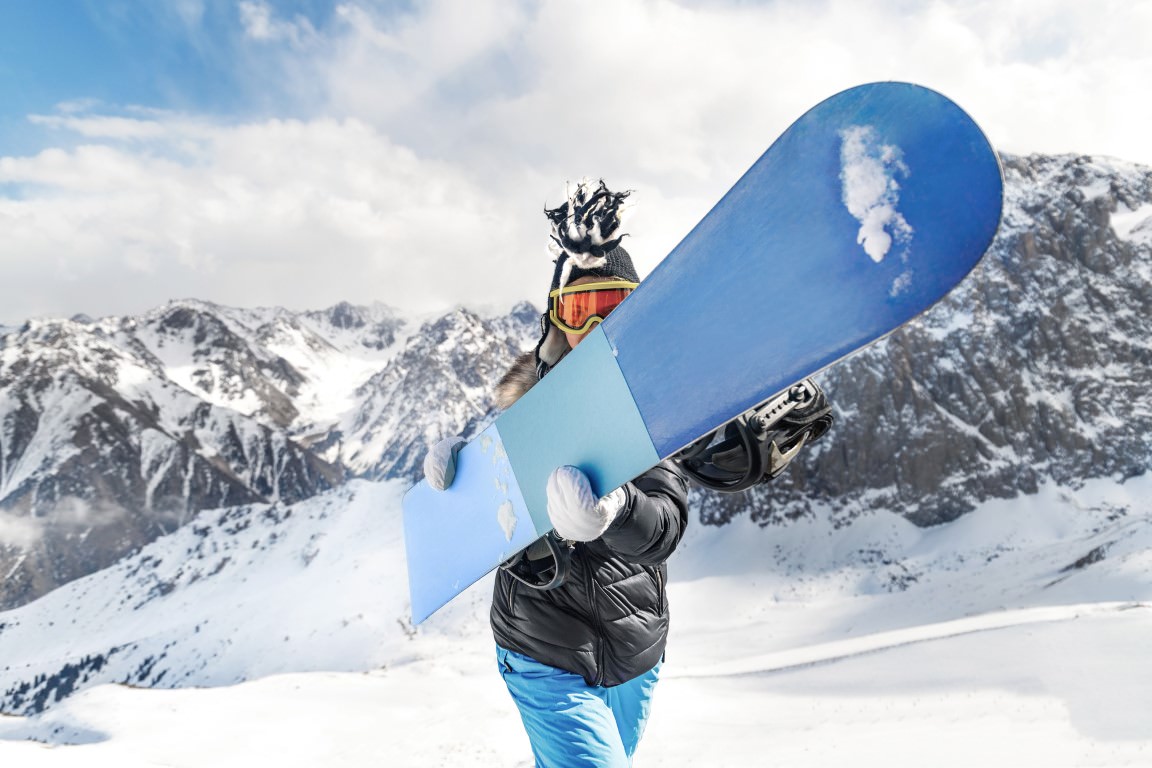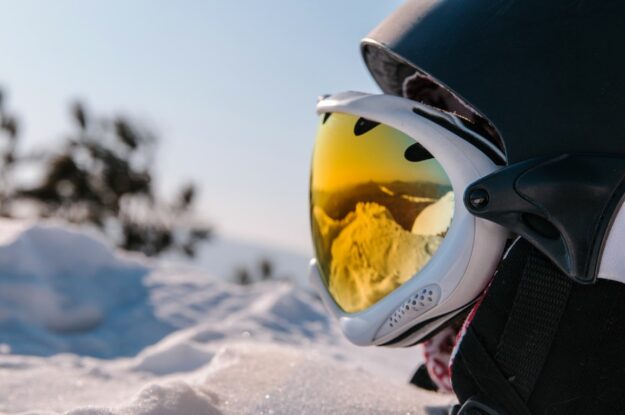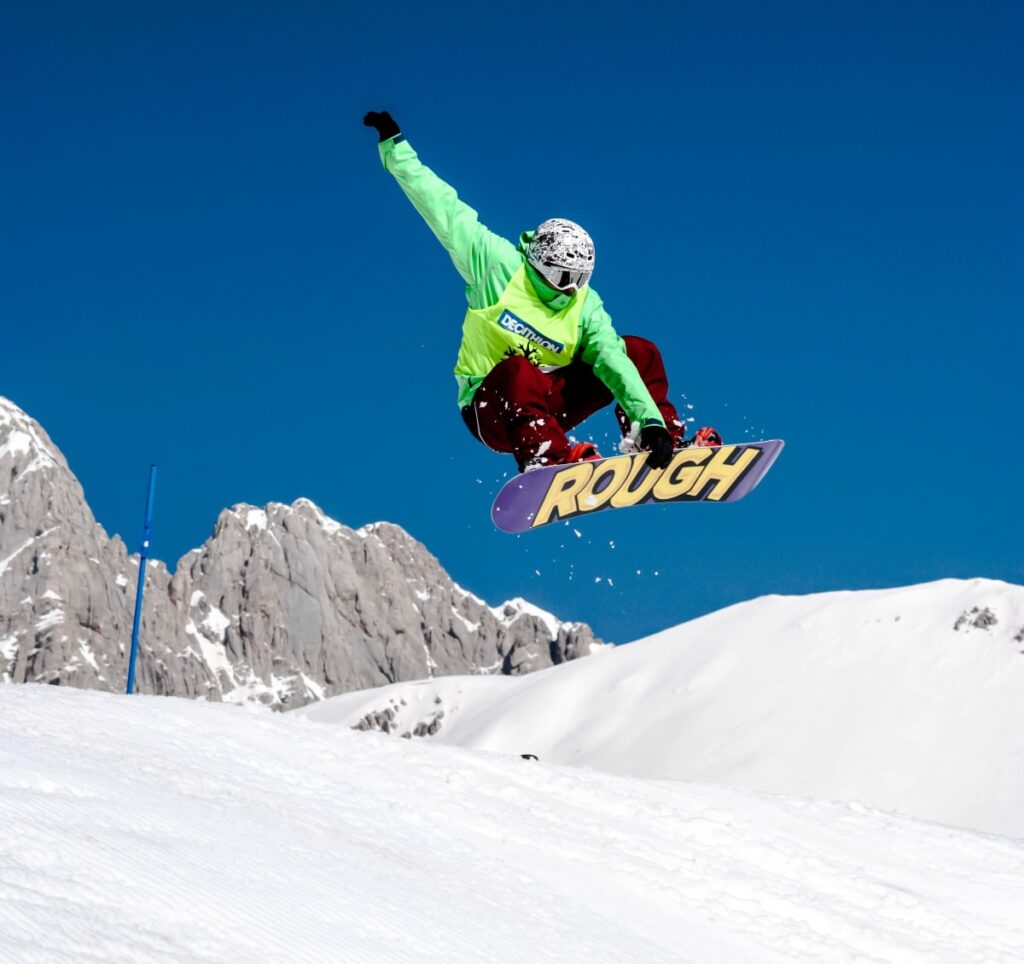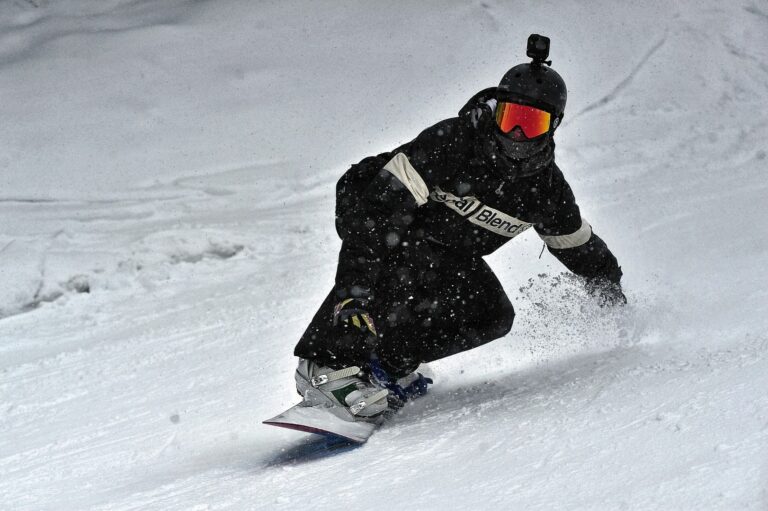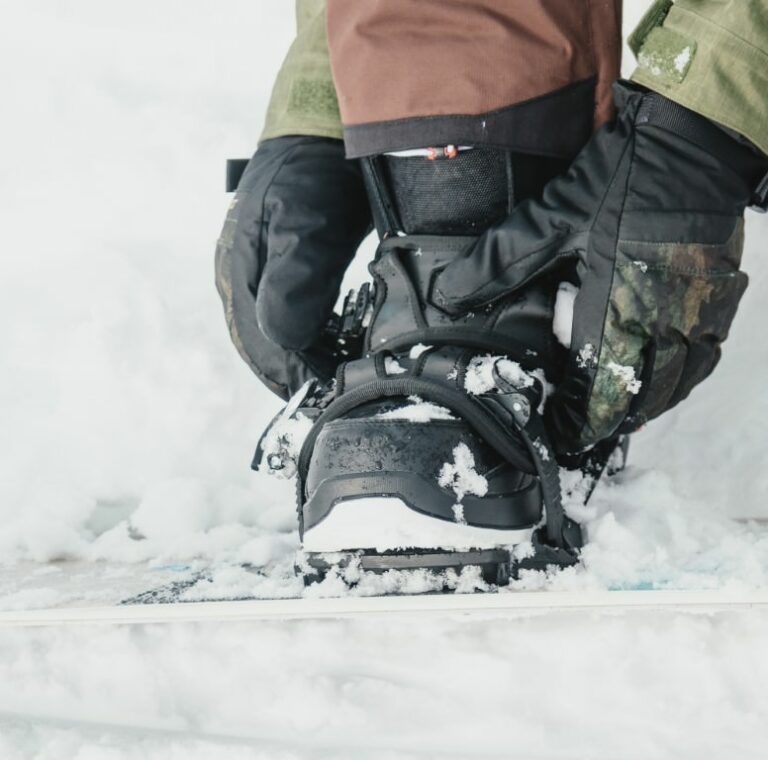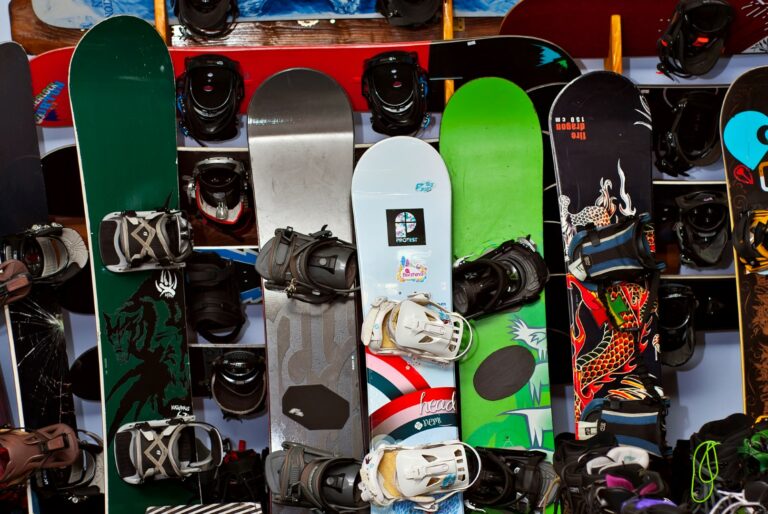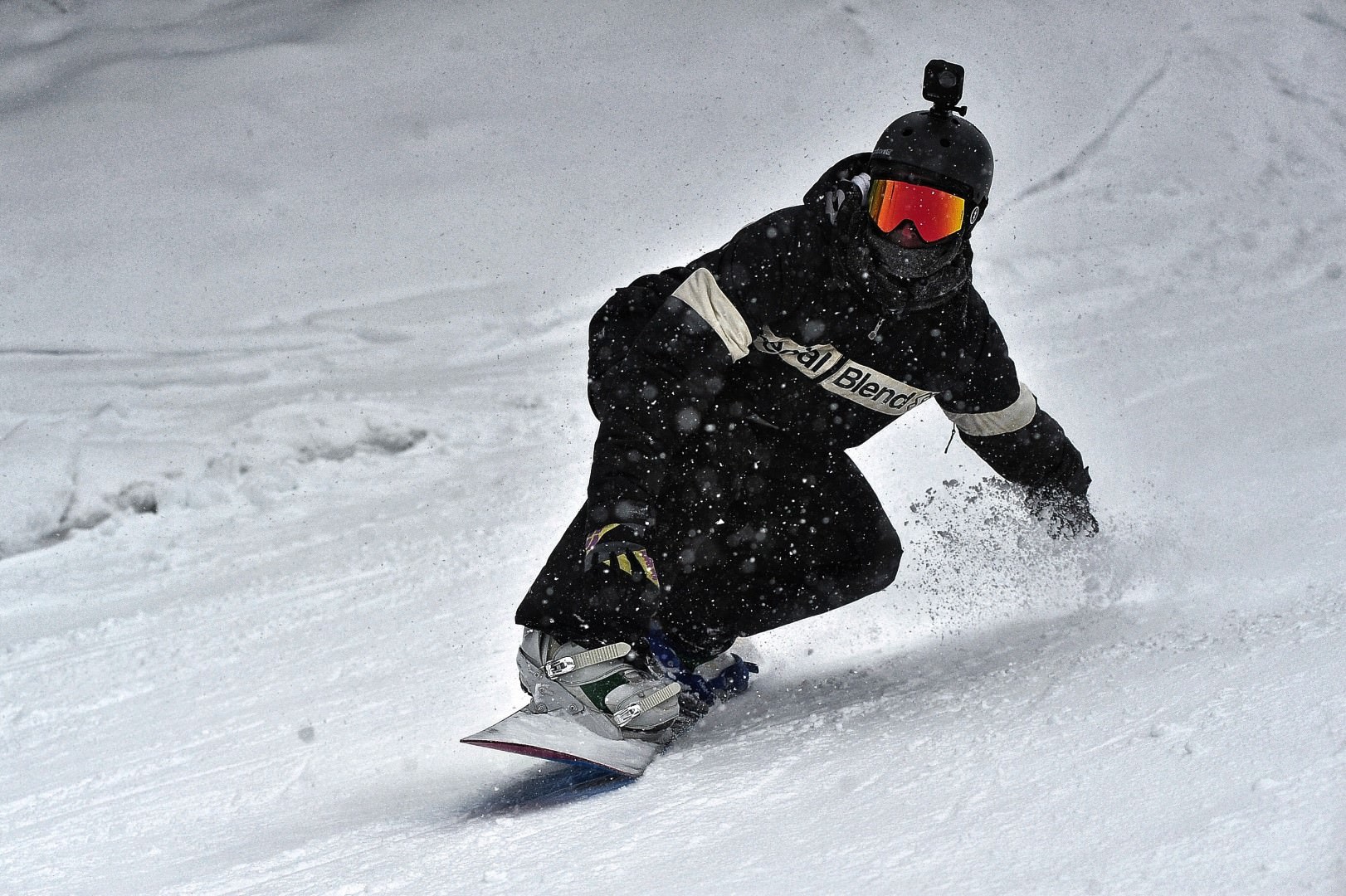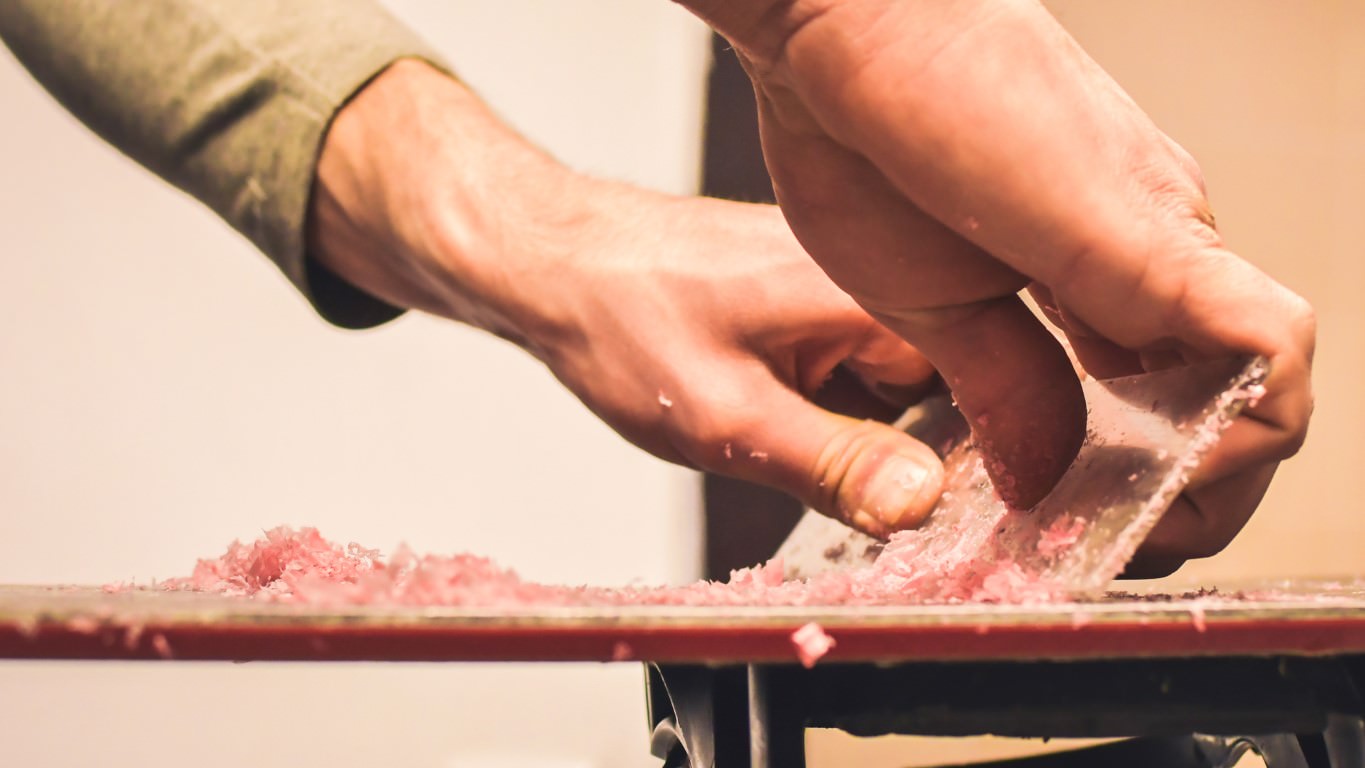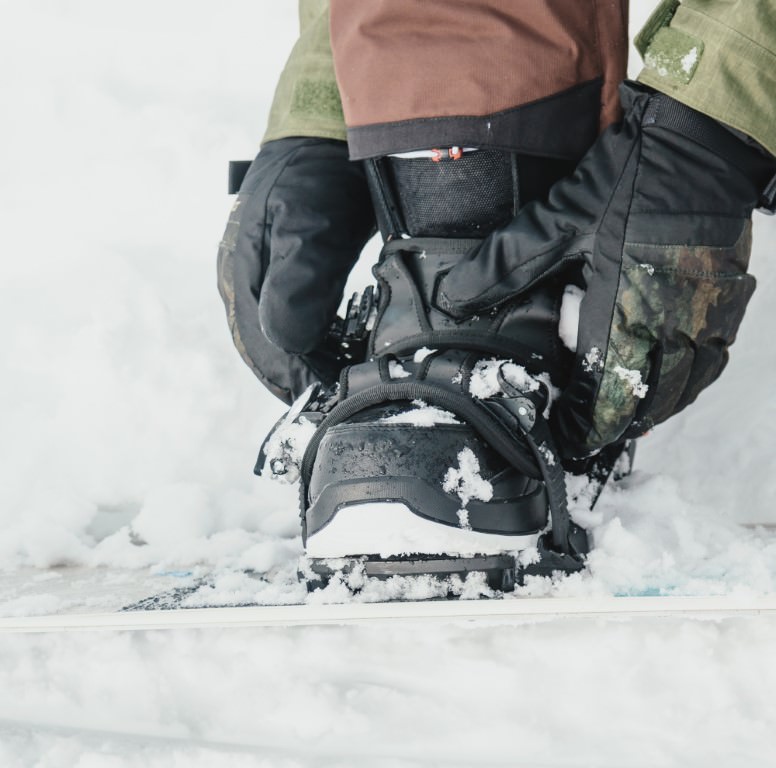The Science Behind Snowboard Sizing
When buying a snowboard, it’s essential to understand how its size impacts the leverage, turning radius, effective edge and weight distribution.
Leverage is the force applied to the board’s edges during turns, while the turning radius is the natural arc the board creates while turning due to the effective edge in contact with the snow. Weight distribution affects the board’s pressure points and influences its response to rider input.
Longer boards provide more leverage and usually have a longer effective edge, making them stable at high speeds and better suited for long arching carves. The larger surface area also increases float in powder. Shorter boards have a smaller turning radius, meaning they are more maneuverable with quicker, more responsive turns, making them playful and forgiving.
You need to consider these factors with your weight, terrain preference and riding style to get the right size snowboard.
How Long Should My Snowboard Be?
The traditional rule of thumb is that a snowboard should reach somewhere between your chin and nose when standing upright. However, this is only a starting point. For example, I have owned snowboards that range from 151-164 cm, and I am 173 cm tall.
Despite traditionally looking at height, weight is the most important factor in determining your snowboard length. This is because the heavier you are, the less float you’ll get in powder and the more difficult it will be to maintain stability and control on a smaller board.
The good news is, all snowboard manufacturers provide a weight scale for each board size in their range. This helps to ensure the board you choose suits your weight for the type of riding that the board is designed for.
These weight ranges are just a guide, and there is still an element of personal preference. For example, if your weight is at the upper end of a board’s scale, you’ll find it more playful and less floaty, so more suited to freestyle. If your weight is at the lower end, the board will be more stable at speed and offer more float in fresh snow, so better for freeride.
How Wide Should My Snowboard Be?
Having the right width snowboard is essential. You’ll experience toe and/or heel drag if it is too narrow. This occurs when you are cranked over on an edge and your toe, or heel touches the ground. As you can imagine, the result of said touch is rarely fun; you normally lose your edge and eat snow. Conversely, if a board is too wide, you’ll struggle to apply pressure to the edges making it more difficult to turn.
As with snowboard length, there is quite a window that width can fall in. Narrower boards are more maneuverable but less stable. Wider boards are harder to initiate turns but offer more stability. If your boot size is smaller than US11, you’ll normally be okay on a regular width board. It’s worth noting that not all boots of the same inner size are the same actual outer length.
Again there is a traditional view that your snowboard width should roughly correspond to your boot size. But snowboard width varies from tips to center, and the position and angle of your bindings affect how close your toes and heels are to the edge.
The best way to check is to set up the board with your bindings, ensuring they are centered so your toe and heel overhang is equal. You might get some drag if you have more than a couple of centimeters overhand. Test it by lifting your board until your toe or heel touches the ground. If you never crank that far over, you won’t experience toe or heel drag.
Snowboard Length for Different Terrains
Where you plan to snowboard will dictate the board length you choose. The deeper the powder, the larger (longer or wider) board you’ll want for increased floatation and stability. A shorter board is more maneuverable for freestyle and park riding, making it good for spins and tricks. It is also more forgiving when you get things wrong.
If you are mainly riding groomers, you’ll want something between the two. Of course, any board can be ridden on the piste. However, a small freestyle stick will feel more jittery at speed, and a large freeride board will feel harder to turn, particularly at low speeds.
Consider Your Ability Level and Riding Style
Beginners should consider shorter boards because they are more maneuverable and forgiving which makes them easier to learn on. Many first-timers start out on freestyle boards as they are also softer and have more forgiving profiles (a topic for another day!), such as rocker or camrocker.
Intermediate and advanced riders will usually have an all-mountain board as their standard go to, which will be longer than a freestyle snowboard. Or, like me, they may have an entire quiver of decks suited for different styles and conditions.
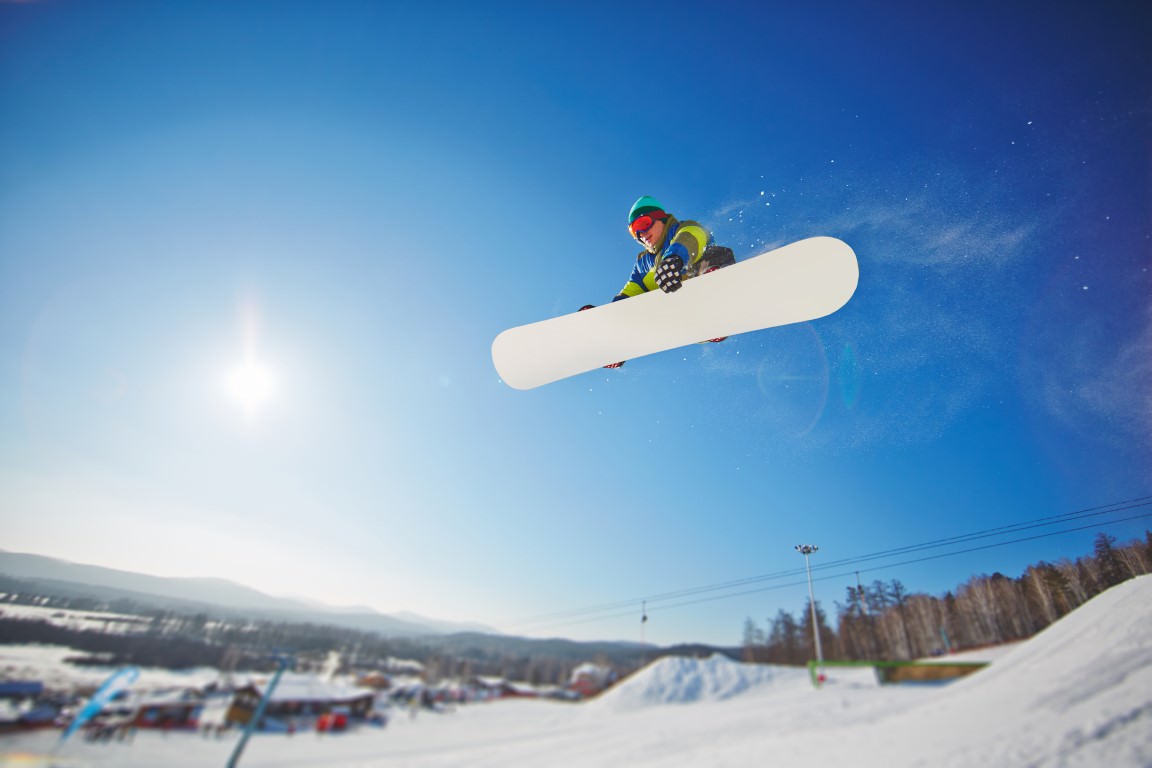
Consider the Type of Snowboarding You’re Interested In
Different snowboarding disciplines have distinct board sizes:
- Freestyle: Shorter, softer boards for easier spins and tricks.
- All-Mountain: Versatile boards that cater to varied terrain and riding styles.
- Freeride: Longer, stiffer boards for stability and control in off-piste conditions.
This means you should choose a snowboard size that matches what kind of riding you plan to do. That said, don’t get too hung up on it, as every board can do everything.
For example, my 154 cm Pathron Sensei freestyle board is great fun in powder despite having less float. Also, my 162 cm Borealis Viking is the best board I have for carving on groomers despite being designed for freeride. And my 164 Furberg powder board is fun for a spin in the park and great for freestyle in the backcountry. My point is any board can do anything; they are just slightly better at certain things.
Gender Will Make a Difference
While some snowboards are unisex, most are designed specifically for men or women. Women’s snowboards are typically shorter, narrower, and softer, accommodating for differences in weight and typical body dimensions.
Snowboard Shapes: Impact on Size Selection
Snowboard shapes will also influence the size you go for:
- Directional: Designed to mainly ride in one direction with a differently shaped tip and tail and a stance that is set back towards the tail. Well-suited to all-mountain and freeride snowboarding. Choose a size based on your weight and preferred terrain.
- True Twin: Symmetrical in shape with a centered stance, so is great for riding switch. Twin boards are for freestyle/park riding. Size is determined by weight and type of freestyle you plan to ride.
- Directional Twin: Combining the set back stance of directional with a twin shape. This hybrid offers easier switch riding but is still set back for improved powder riding. Size should be based on the charts for your weight.
- Volume Shifted: Extra wide but shorter boards. Made for extra float when ridden in powder but still to be maneuverable like freestyle boards. Great in the trees, playful riding and for carving.
Weight is the Main Factor
Your body weight is the biggest factor in determining the right snowboard size. Most boards come in a variety of sizes, and manufacturers provide a weight range for each size. So, if you have chosen the board you want, go with the brand’s size recommendation for your weight.
Custom Snowboards: Tailoring the Perfect Ride
If you’re struggling to find exactly what you want, you can always buy a custom snowboard for the perfect fit. Companies like Donek, Douk, and Franco Snowshapes specialize in creating snowboards tailored to your unique needs and preferences.
So you can design a snowboard that matches your size/weight, riding style and preferred terrain. You can even match it to your look.
Conclusion
Choosing the perfect snowboard size may seem like the most important thing to get right. But honestly, a two or even four centimeters difference in size doesn’t affect the riding as much as you’d imagine. That said, if you get the wrong size board, it can hold you back.
When deciding on a snowboard, you should consider the terrain you’ll ride, your skill level and your riding style. Then look at the manufacturers’ board size and weight charts to pick the right snowboard for you. If you are on the cusp of two sizes, go larger for a slightly more freeride friendly board, or go down if you’d rather it was more freestyle focussed.
